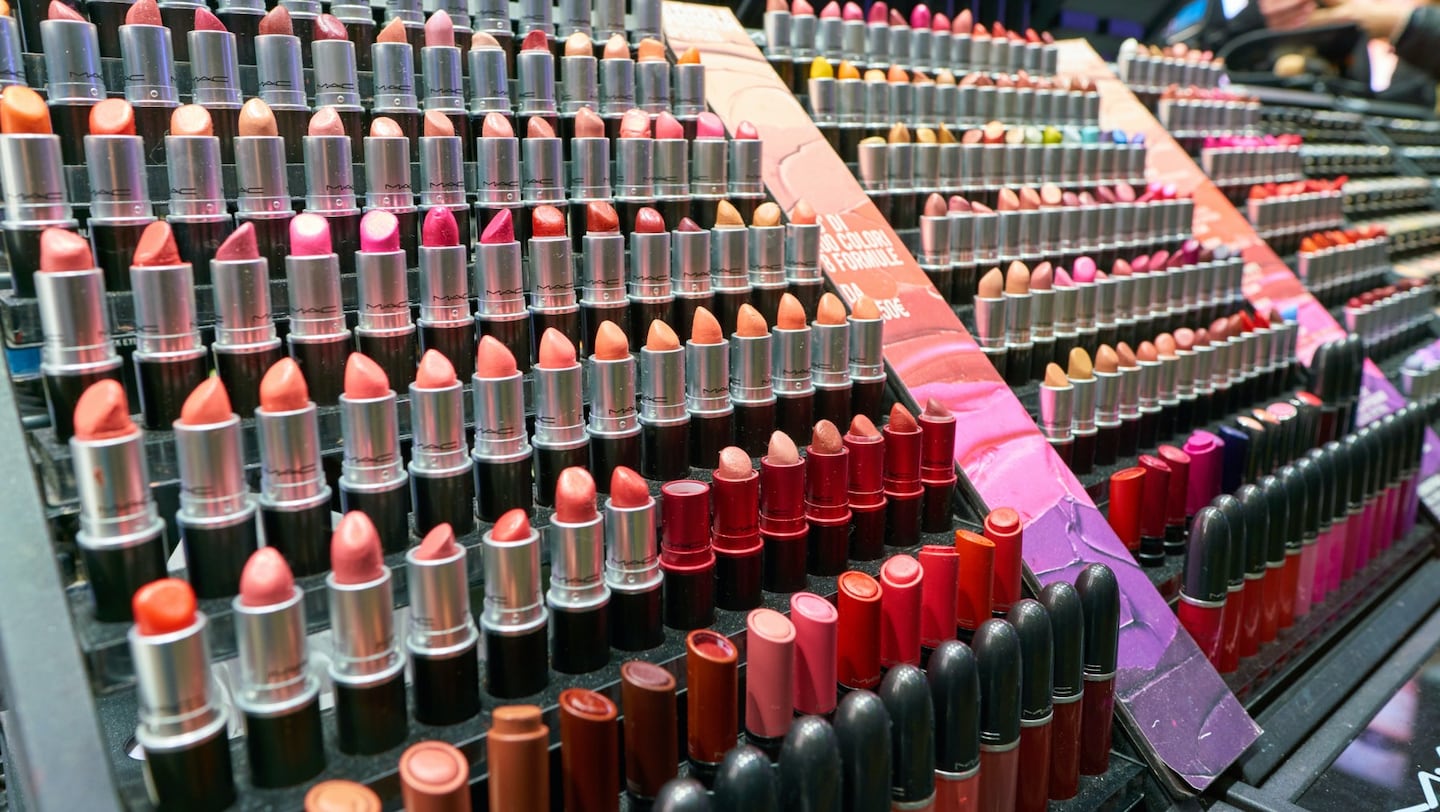
The Business of Fashion
Agenda-setting intelligence, analysis and advice for the global fashion community.

Agenda-setting intelligence, analysis and advice for the global fashion community.

NEW YORK, United States – Every good makeup artist knows that the smallest touches can make a world of difference.
For the past 25 years, MAC Cosmetics has been selling its Viva Glam lipstick to raise money for the fight against HIV and AIDS. The subsidiary of Estée Lauder sells the $18.50 lipstick in a mere three shades — bluish-red, pinkish-beige, and brownish-plum —but donates 100 percent of the proceeds to the cause. Each year, those tiny wands of colour generate from $20 million to $30 million; to date, the campaign has raised more than $500 million. The MAC Viva Glam Fund has used the money to deliver nearly 10,000 grants to 1,800 or so different programs around the world.
Now, after 25 years in operation, Viva Glam plans to expand its mandate. It will inject money into underserved communities, including the LGBTQ community and that of vulnerable women and girls. Meanwhile, the fund has also approved a three-year, $1.5 million grant for Unicef that will go to treatment programs for mothers living with HIV in various countries.
MAC Cosmetics debuted Viva Glam in 1994, with its first campaign led by drag queen RuPaul. The MAC business as a whole is now a billion-dollar brand and a major division of an international beauty company. But Viva Glam has endured, continuing to draw shoppers with celebrity-led advertising campaigns.
ADVERTISEMENT
“I had no clue or expectation that this would have gone as big as it has,” says John Demsey, the executive group president of Estée Lauder who oversees MAC and the fund. “I hope that day comes that the money's not needed for HIV. But I know that, even today, if there was a cure, a charitable organisation would need to exist to ensure that the medication and the services got to people who would never be able to afford it.”
Sales of Viva Glam fluctuate, depending on the hype built by its celebrity campaigns. Over the years, ambassadors have included such names as Lady Gaga, Miley Cyrus, Rihanna, Christina Aguilera, and Lil' Kim. The label's biggest year ever was led by pop singer Ariana Grande in 2016 as she was releasing her third studio album. Ads had her squeezed into a miniature bedroom showing off limited-edition lipsticks in neutral mauve and orchid pink.
Several of Viva Glam’s previous spokespeople still publicly support the brand. Elton John has called Viva Glam’s method “a wonderful and tangible way to engage people in supporting this critical work.” Chloe Sevigny noted that the personality-driven model has an uncanny knack for attracting eyeballs. “MAC always knows how to put big personalities together to draw attention to this extremely important cause,” she said. Shirley Manson called it a “humble lipstick” that has somehow managed to reach so many people. “Nothing but love, love, love,” she said.
It hasn’t always been easy to get celebrities on board, said Demsey. In some ways, it still isn’t. The celebrities are paid, but Estée Lauder doesn’t spend “a ton” of cash for an endorsement because it’s a charitable endeavour. Many stars didn’t want to have their names connected to such charged subjects, hoping not to alienate fans. They considered it a “career risk,” says Demsey. Executives wouldn’t share which celebrities they’re currently pursuing.
“A degree of piss-off comes with the territory,” says Demsey. “We do have a swagger.”
That was especially evident in March, when MAC took the step of collaborating with Benefit Cosmetics, owned by rival LVMH, and announced its support of Planned Parenthood. It gave a grant to the reproductive health-care nonprofit and took a stand on an issue that was bound to evoke outrage from abortion opponents.
MAC’s founders, Frank Angelo and Frank Toskan, started Viva Glam in 1994 just as AIDS became the leading cause of death among Americans aged 25 to 44, according to the US Department of Health and Human Services. Estée Lauder acquired a majority stake in MAC that year, before buying out the rest of the business in 1998. As Estée Lauder moved to grow MAC, the cosmetics conglomerate decided to keep the Viva Glam product line and retain its charitable focus.
The US represents the largest percentage of sales, according to the company, though the product’s global presence has grown significantly. Around 65 percent to 70 percent of the business now comes from abroad, up from about 10 percent when Viva Glam first hit shelves. Future growth will come from emerging markets such as Brazil and South Africa.
ADVERTISEMENT
Where it won’t expand, however, is beyond lipstick. Executives have considered new kinds of Viva Glam products in the past but decided to keep it simple and stick with lips.
By Kim Bhasin; editor: Chris Rovzar.
From analysis of the global fashion and beauty industries to career and personal advice, BoF’s founder and CEO, Imran Amed, will be answering your questions on Sunday, February 18, 2024 during London Fashion Week.
The State of Fashion 2024 breaks down the 10 themes that will define the industry in the year ahead.
Imran Amed reviews the most important fashion stories of the year and shares his predictions on what this means for the industry in 2024.
After three days of inspiring talks, guests closed out BoF’s gathering for big thinkers with a black tie gala followed by an intimate performance from Rita Ora — guest starring Billy Porter.